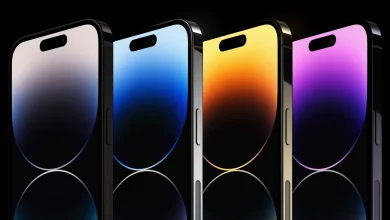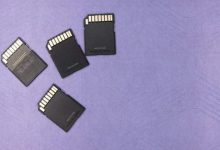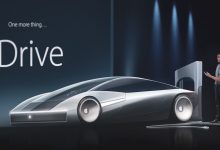Latest Articles
-
Sep- 2021 -25 SeptemberSpace
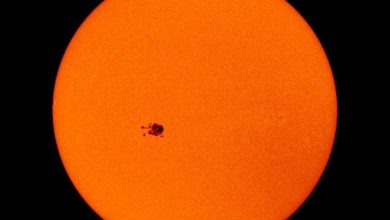
The sun has spots. Here’s what we’ve learned about them so far.
Of all of the features associated with our sun, sunspots are by far the most conspicuous. Long before the invention of the telescope, the Chinese Chronicles recorded numerous sightings of dark areas on the face of the sun, apparently seen when the sun’s light was significantly dimmed by clouds and haze, especially around sunrise or sunset. The Chinese often referred to these dark areas as “flying birds.” When Galileo looked at the sun through his crude telescope in 1610, he was blinded for a week, and his eyesight remained permanently affected. But he came up with a solution: He darkened…
Read More » -
24 SeptemberScience-Tech

Newly Created High-Performance Solid-State Battery Even Surprises the Engineers Who Created It
Engineers create a high performance all-solid-state battery with a pure-silicon anode. Engineers created a new type of battery that weaves two promising battery sub-fields into a single battery. The battery uses both a solid state electrolyte and an all-silicon anode, making it a silicon all-solid-state battery. The initial rounds of tests show that the new battery is safe, long lasting, and energy dense. It holds promise for a wide range of applications from grid storage to electric vehicles. The battery technology is described in the September 24, 2021 issue of the journal Science. University of California San Diego nanoengineers led…
Read More » -
23 SeptemberScience
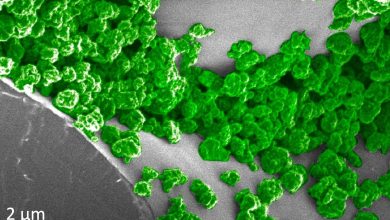
The Next Generation of Nanobionic Light-Emitting Plants
Lead image: Using specialized nanoparticles embedded in plant leaves, MIT engineers have created a novel light-emitting plant that can be charged by an LED. In this image, the green parts are the nanoparticles that have been aggregated on the surface of spongy mesophyll tissue within the plant leaves. Credit: Courtesy of the researchers Using nanoparticles that store and gradually release light, engineers create light-emitting plants that can be charged repeatedly. Using specialized nanoparticles embedded in plant leaves, MIT engineers have created a light-emitting plant that can be charged by an LED. After 10 seconds of charging, plants glow brightly for…
Read More » -
23 SeptemberScience
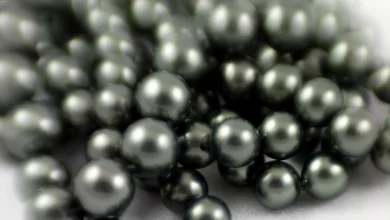
A New Approach for Recycling Plastics
Each human being uses, on average, 30 kg of plastic per year. Given that global life expectancy currently stands at approximately 70 years, each person will discard some two metric tons of plastic in his or her lifetime. Multiply that by the number people on earth – which is growing constantly – and the total is staggering. In light of this, Francesco Stellacci, a full professor and head of the Supramolecular Nanomaterials and Interfaces Laboratory at EPFL’s School of Engineering, began thinking about whether there was a way to solve the problem of used plastics and recycle it more effectively.…
Read More » -
22 SeptemberFuture
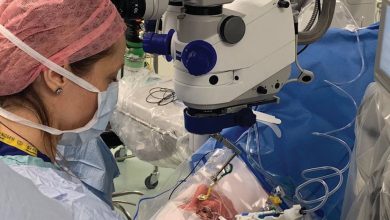
Technology Is Expanding Your List of Eye Care Treatments
Technology is expanding your eye care treatment options. Here are some of the popular advances in vision care: from LASIK to mobile health technology.
Read More »






